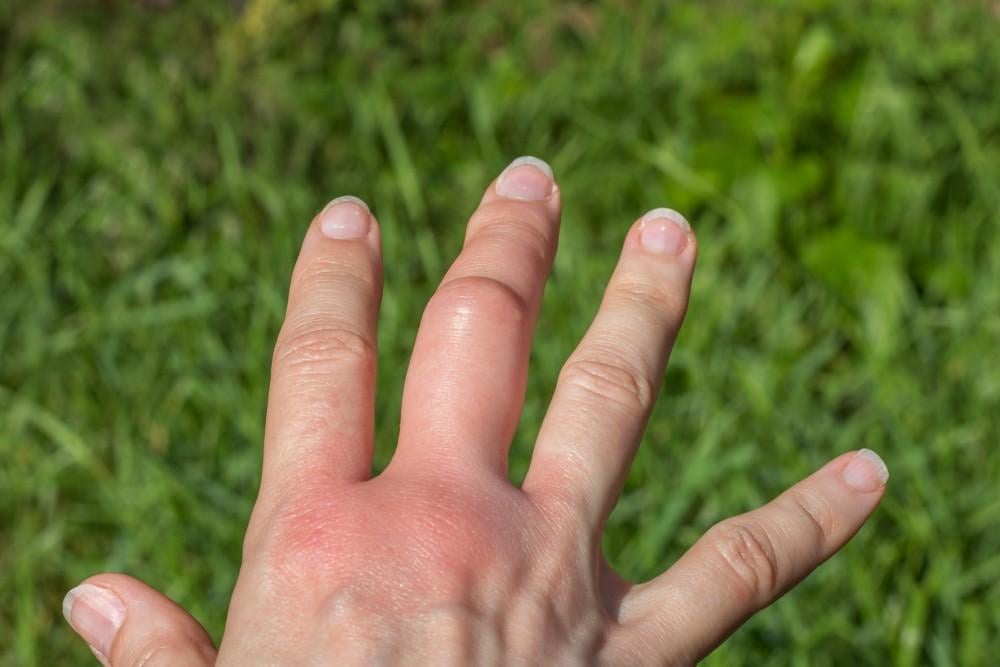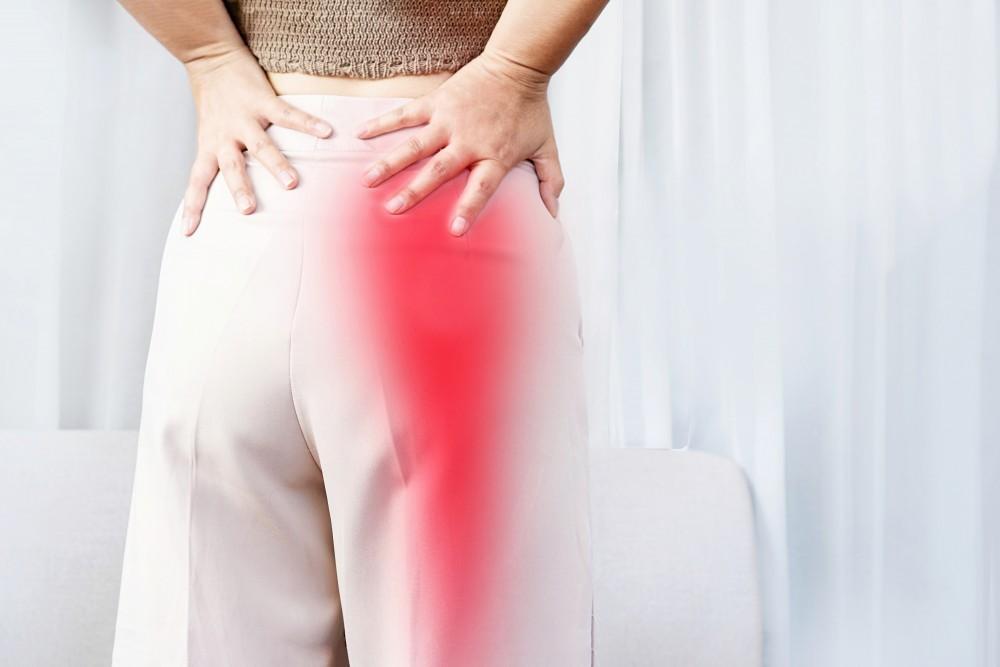Rubbing at your shoulder a lot lately? You’re not the only one. Many people are even missing from work as a result of their shoulder pain.
In fact, 14.9% of work-related musculoskeletal disorder cases were the result of shoulder injuries.
Don’t leave yourself aching and paining through the day. Instead, keep reading to learn more about common shoulder injuries. We’ve also reviewed at-home treatment and preventative care options, so you can get the relief you need.
Keep reading for our guide to better understanding shoulder injuries.
Various Shoulder Injuries
At any point in time, shoulder pain affects 18-26% of adults. Patients can associate their shoulder pain with a number of different injuries. Here are a few different shoulder injuries that might impact your health and overall wellbeing.
Rotator Cuff Strains
There are three types of rotator cuff injuries: tendinitis, bursitis, and strains or tears.
Overusing your shoulder muscles can cause a rotator cuff strain. When you move your shoulder, you’re using the rotator cuff to help you move the joint.
In addition to overuse, a rotator cuff strain or tear is also caused by an acute injury. For example, you might strain or tear the rotator cuff after a fall, car accident, or sports injury.
People most at risk for rotator cuff shoulder injuries include:
- Athletes (baseball players, rowers, wrestlers, tennis players)
- Workers who lift repeatedly (painters, carpenters)
- People older than age 40
You can prevent a rotator cuff injury by taking breaks or reducing the load on your shoulders. There are also exercises that can help strengthen your shoulder and range of motion.
A rotator cuff injury is often associated with intense, immediate pain. However, that’s not always the case. Other symptoms include:
- Avoiding certain activities that cause shoulder pain
- Limited range of shoulder motion
- Difficulty sleeping due to shoulder pain
- Tenderness when reaching overhead
- Difficulty reaching behind your back
- Increased shoulder weakness
An ice pack can help reduce swelling and inflammation associated with the injury.
If you experience these problems for longer than a week, it’s time to see a doctor about your shoulder pain.
Bicipital Tendinitis
The bicep muscle helps you bend and turn your forearm. There are three bicep tendons you can tear to cause a shoulder injury.
The two main causes of these shoulder injuries include overuse and injury. For example, a fall could cause you to tear your elbow bicep tendon. Repetitive movements, such as weightlifting or tennis, can also cause this injury.
Your risk of developing bicipital tendinitis will increase as you age.
Symptoms of this type of shoulder pain include:
- Bruising
- Swelling
- Increased shoulder weakness
- Fatigue after a repetitive activity
- A bulge in the upper arm
- Warm skin around the injury
- A popping sound or tearing sensation when the injury occurs
A doctor can complete range of motion and strength tests before diagnosing this injury. They may also need to complete an X-ray or MRI to see the tear’s severity.
AC Joint Sprains
The acromioclavicular, or AC joint, connects your shoulder blade to your collarbone. An AC joint sprain is also referred to as a shoulder separation.
This shoulder injury often occurs when someone or something hits your:
- Outstretched arm
- The top of your shoulder
- The tip of your shoulder
You might develop an AC joint sprain after a fall or sports tackle.
Symptoms include:
- Tenderness at the top of your shoulder
- Bruising
- Swelling
- Limited range of motion to your shoulder
- Pain
In some cases, your collarbone will also appear out of place. A doctor will need to complete an X-ray to determine the severity of the injury. They’ll also look to make sure you didn’t fracture your collarbone.
Shoulder Impingement
Your rotator cuff sits under the top of your shoulder, or acromion. When you develop a shoulder impingement, your rotator cuff will rub against the acromion, which causes irritation.
Repeatedly using your shoulder is one of the main causes.
Symptoms include:
- Constant pain in shoulder or arm
- Pain that feels worse at night
- Increased shoulder or arm weakness
- Pain when reaching overhead
This shoulder injury occurs often in athletes, including baseball players, softball players, and swimmers. However, construction workers and painters can also develop this type of shoulder pain.
Frozen Shoulder
Frozen shoulder impacts your upper arm, shoulder blade, and collarbone. The tissue surrounding the shoulder joint, known as the shoulder capsule, holds these together. Frozen shoulder causes thickness and tightness, making it difficult to move the shoulder.
Symptoms include:
- Pain and stiffness
- Limited range of motion
- Increase pain at night
- Dull or achy pain
People who are older are more at risk of developing frozen shoulder.
Shoulder Injury Treatments
You can start treating shoulder injuries at home by using methods to soothe your inflammation.
To start, consider taking nonsteroidal anti-inflammatory medications, such as aspirin. Reducing your inflammation is important for healing a rotator cuff or other shoulder injuries.
You can also apply a cold compress to your shoulder. Make sure not to apply ice directly to the skin, and only use the compress for 20-minute intervals.
If ice doesn’t relieve the pain, try heat therapy to relax your tense muscles. Compression can help, too.
Most of all, it’s important to rest. Give your shoulder a break. After all, many of these shoulder injuries are the result of repetitive use.
Shoulder Injury Prevention
Before you require shoulder pain treatment, try preventing the pain in the first place.
First, try to give your body time to heal after a long day of stressors.
Make sure you’re eating a healthy, balanced diet as well. The right foods can provide your body with the nutrients it needs to function and heal properly.
Meanwhile, avoid smoking. Cigarette smoke can impact blood circulation and slow your recovery.
Remember, most injuries are caused by repetitive movements. Try to add a length of time between these activities, including sports, exercising, and gardening.
Shoulder Injuries: Your Guide to Shouldering the Pain
With these tips, you no longer have to shoulder your pain. Instead, try using these at-home shoulder pain relief techniques. You should also consider visiting a doctor if your pain persists.
Set an appointment with us today to get the pain relief you need!




